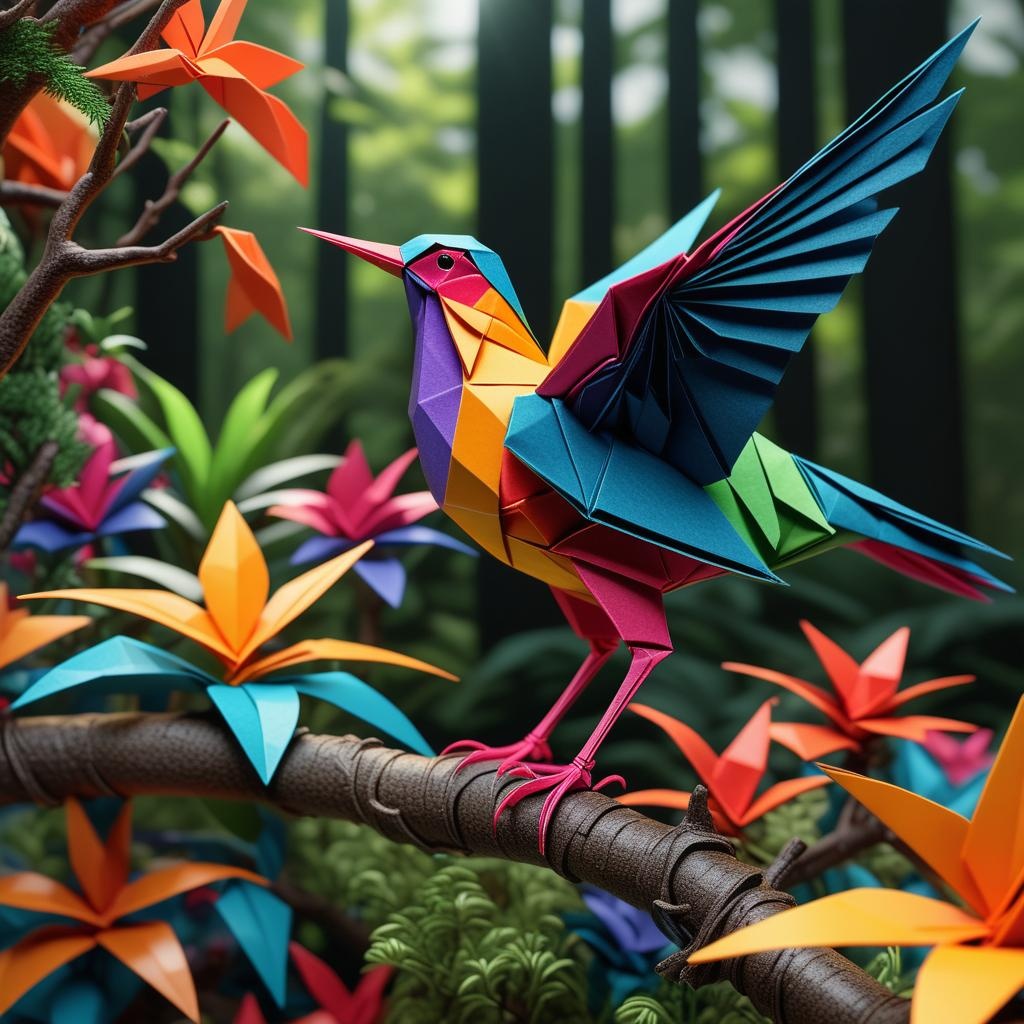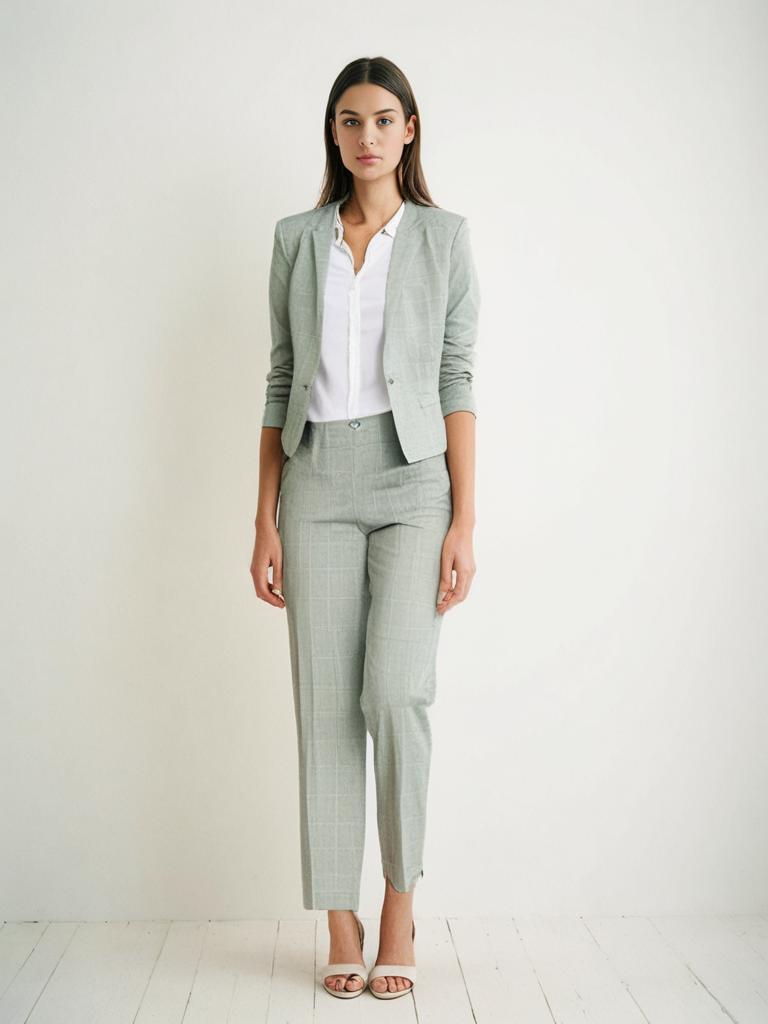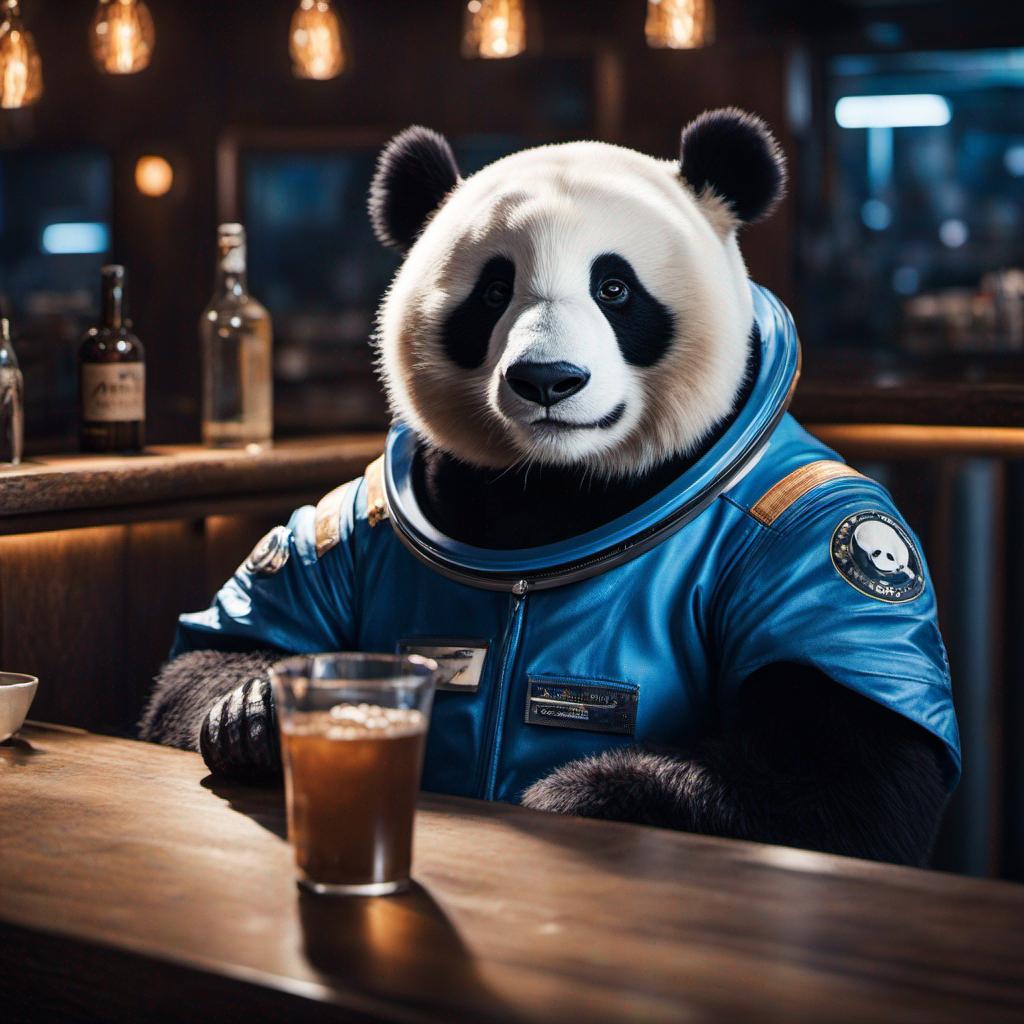API
If you're looking for an API, you can choose from your desired programming language.
1
2
3
4
5
6
7
8
9
10
11
12
13
14
15
16
17
18
19
20
21
22
23
24
25
26
27
28
29
30
31
32
33
34
35
36
37
38
39
40
41
42
43
44
45
46
47
48
import requests
import base64
# Use this function to convert an image file from the filesystem to base64
def image_file_to_base64(image_path):
with open(image_path, 'rb') as f:
image_data = f.read()
return base64.b64encode(image_data).decode('utf-8')
# Use this function to fetch an image from a URL and convert it to base64
def image_url_to_base64(image_url):
response = requests.get(image_url)
image_data = response.content
return base64.b64encode(image_data).decode('utf-8')
api_key = "YOUR_API_KEY"
url = "https://api.segmind.com/v1/ai-product-photo-editor"
# Request payload
data = {
"product_image": image_url_to_base64("https://segmind-sd-models.s3.amazonaws.com/display_images/ppv3-test/main-ip.jpeg"), # Or use image_file_to_base64("IMAGE_PATH")
"background_image": image_url_to_base64("https://segmind-sd-models.s3.amazonaws.com/display_images/ppv3-test/bg6.png"), # Or use image_file_to_base64("IMAGE_PATH")
"prompt": "photo of a mixer grinder in modern kitchen",
"negative_prompt": "illustration, bokeh, low resolution, bad anatomy, painting, drawing, cartoon, bad quality, low quality",
"num_inference_steps": 21,
"guidance_scale": 6,
"seed": 2566965,
"sampler": "dpmpp_3m_sde_gpu",
"scheduler": "karras",
"samples": 1,
"ipa_weight": 0.3,
"ipa_weight_type": "linear",
"ipa_start": 0,
"ipa_end": 0.5,
"ipa_embeds_scaling": "V only",
"cn_strenght": 0.85,
"cn_start": 0,
"cn_end": 0.8,
"dilation": 10,
"mask_threshold": 220,
"gaussblur_radius": 8,
"base64": False
}
headers = {'x-api-key': api_key}
response = requests.post(url, json=data, headers=headers)
print(response.content) # The response is the generated imageAttributes
Product Image
Background Reference Image
Prompt for image generation
Negative prompt
Number of steps to generate image
min : 20,
max : 100
Scale for classifier-free guidance
min : 0,
max : 10
Seed number for image generation
Sampler
Allowed values:
Scheduler
Allowed values:
Number of samples to generate
IP Adapter weight
min : 0,
max : 2
Type of IP Adapter weight
Allowed values:
IP Adapter start value
min : 0,
max : 1
IP Adapter end value
min : 0,
max : 1
IP Adapter embedding scaling
Allowed values:
ControlNet strength
min : 0,
max : 2
ControlNet start value
min : 0,
max : 1
ControlNet end value
min : 0,
max : 1
Dilation value
min : -100,
max : 100
Mask threshold value
min : 0,
max : 255
Gaussian blur radius
min : 0,
max : 20
Output as base64
To keep track of your credit usage, you can inspect the response headers of each API call. The x-remaining-credits property will indicate the number of remaining credits in your account. Ensure you monitor this value to avoid any disruptions in your API usage.
AI Product Photo Editor
AI Product Photo Editor leverages advanced image-based ML techniques to generate high-quality product visuals using text prompts, product images, and background images. This method combines inpainting, superimposition, and a dual-pass image generation process, employing Canny edge detection and IP-Adapter for background integration. The output enhances image details, ensuring high fidelity and professional-grade photos.
Capabilities:
-
Can generate high-quality product images based on a combination of text prompts, product images, and background images.
-
Employs inpainting with IP-Adapter and superimposition techniques for seamless image creation.
-
Utilizes Canny edge detection to enhance edge details, ensuring sharp and defined product outlines.
-
Executes a two-pass image generation process: the first pass integrates the product image with the background, and the second pass refines details like shadows and textures.
-
Offers flexibility in modifying backgrounds or environments where the product is displayed, enhancing the visual appeal and context..
Technical Architecture: Combines inpainting with IP-Adapter using a reference image for background setting. Implements Canny edge detection to enhance and refine edge details, ensuring high-fidelity product images.
Employs a two-pass image generation process:
-
First pass: Generates the base image integrating the product with the background.
-
Second pass: Enhances finer details such as shadows and textures to ensure a photorealistic output. Concludes with a superimposition step to finalize and perfect the overall image composition.
Strengths: Capable of producing highly realistic and visually appealing product images. Flexibility in customizing image backgrounds and detailed enhancements offers wide-ranging applications. The two-pass generation process ensures high attention to detail, resulting in polished final images. Canny edge detection significantly improves the clarity and precision of product outlines.
How to use the model?
Step 1: Enter Prompt
Prompt: Describe the product image you want to create. For example, "Photos of plastic containers in a studio kitchen, minimal studio background."
Step 2: Upload Images
-
Product Image: Click on the upload area to browse and select your product image or drag and drop the image file.
-
Background Image: Click on the upload area to browse and select your background image or drag and drop the image file.
Step 3: Configure Negative Prompt (Optional)
Negative Prompt: Enter descriptions of elements you want to exclude from the generated image, such as "Illustration, broken, low resolution, bad anatomy."
Step 4: Set Inference Steps
Inference Steps: Enter the number of steps for the machine learning model to generate the image, e.g., 21.
Step 5: Set Randomization Seed
Seed: Enter a seed number for randomization to reproduce the same image on subsequent runs.
Step 6: Advanced Parameters
Click on the "Advanced Parameters" dropdown to reveal additional settings to further fine tune the outputs.
-
Guidance Scale: Adjusts how much the model adheres to the text prompt (higher value = stricter adherence).
-
Sampler: Selects the algorithm used for sampling; for example, "dpmpp_3m_sde_gpu."
-
Scheduler: Algorithmic scheduler for managing the sampling steps.
-
IPA Weight: The weight for the IP-Adapter controlling how much it influences the background image blending.
-
IPA Weight Type: The interpolation type for setting the IPA weight (e.g., linear).
-
IPA Start: Beginning point for the IP-Adapter influence.
-
IPA End: End point for the IP-Adapter influence.
-
IPA Embeds Scaling: Determines how embeddings from the IP-Adapter are scaled.
-
ControlNet Strength: Amount of control the ControlNet model has over the generation.
-
ControlNet Start: Start point for ControlNet influence.
-
ControlNet End: End point for ControlNet influence.
-
Dilation: Amount of dilation applied to the edges.
-
Mask Threshold: Threshold value for the masking process.
-
Gaussian Blur Radius: Radius for applying Gaussian blur to the image.
Other Popular Models
sdxl-img2img
SDXL Img2Img is used for text-guided image-to-image translation. This model uses the weights from Stable Diffusion to generate new images from an input image using StableDiffusionImg2ImgPipeline from diffusers

idm-vton
Best-in-class clothing virtual try on in the wild

sdxl1.0-txt2img
The SDXL model is the official upgrade to the v1.5 model. The model is released as open-source software
